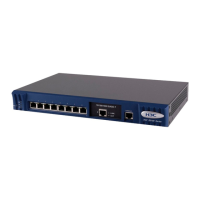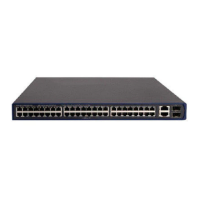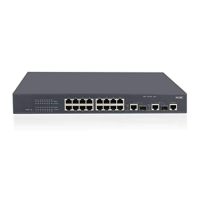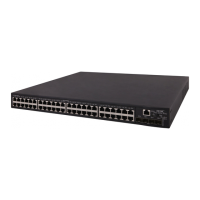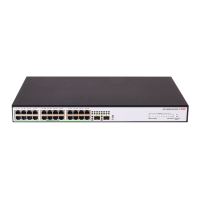1-43
z You can choose to display the buffered stop-accounting requests of a specified RADIUS scheme,
session (by session ID), or user (by username). You can also specify a time range to display those
generated within the specified time range. The displayed information helps you diagnose and
resolve RADIUS problems.
z If the switch gets no response in a specified time period after sending a stop-accounting request to
a RADIUS server, it will buffer the request and transmit the buffered one until the maximum number
of transmission attempts (set by the retry stop-accounting command) is reached.
Related commands: reset stop-accounting-buffer, stop-accounting-buffer enable, retry
stop-accounting.
Examples
# Display the buffered stop-accounting requests generated from 0:0:0 08/31/2002 to 23:59:59
08/31/2002.
<Sysname> display stop-accounting-buffer time-range 00:00:00-08/31/2002
23:59:59-08/31/2002
Total find 0 record
key
Syntax
key { accounting | authentication } string
undo key { accounting | authentication }
View
RADIUS scheme view
Parameters
accounting: Sets a shared key for RADIUS accounting messages.
authentication: Sets a shared key for RADIUS authentication/authorization messages.
string: Shared key to be set, a string of up to 16 characters.
Description
Use the key command to set a shared key for RADIUS authentication/authorization messages or
accounting messages.
Use the undo key command to restore the corresponding default shared key setting.
By default, no shared key exists.
Note that:
z Both RADIUS client and server adopt MD5 algorithm to encrypt RADIUS messages before
exchanging the messages with each other.
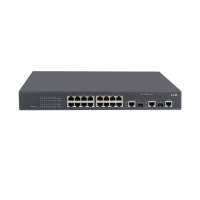
